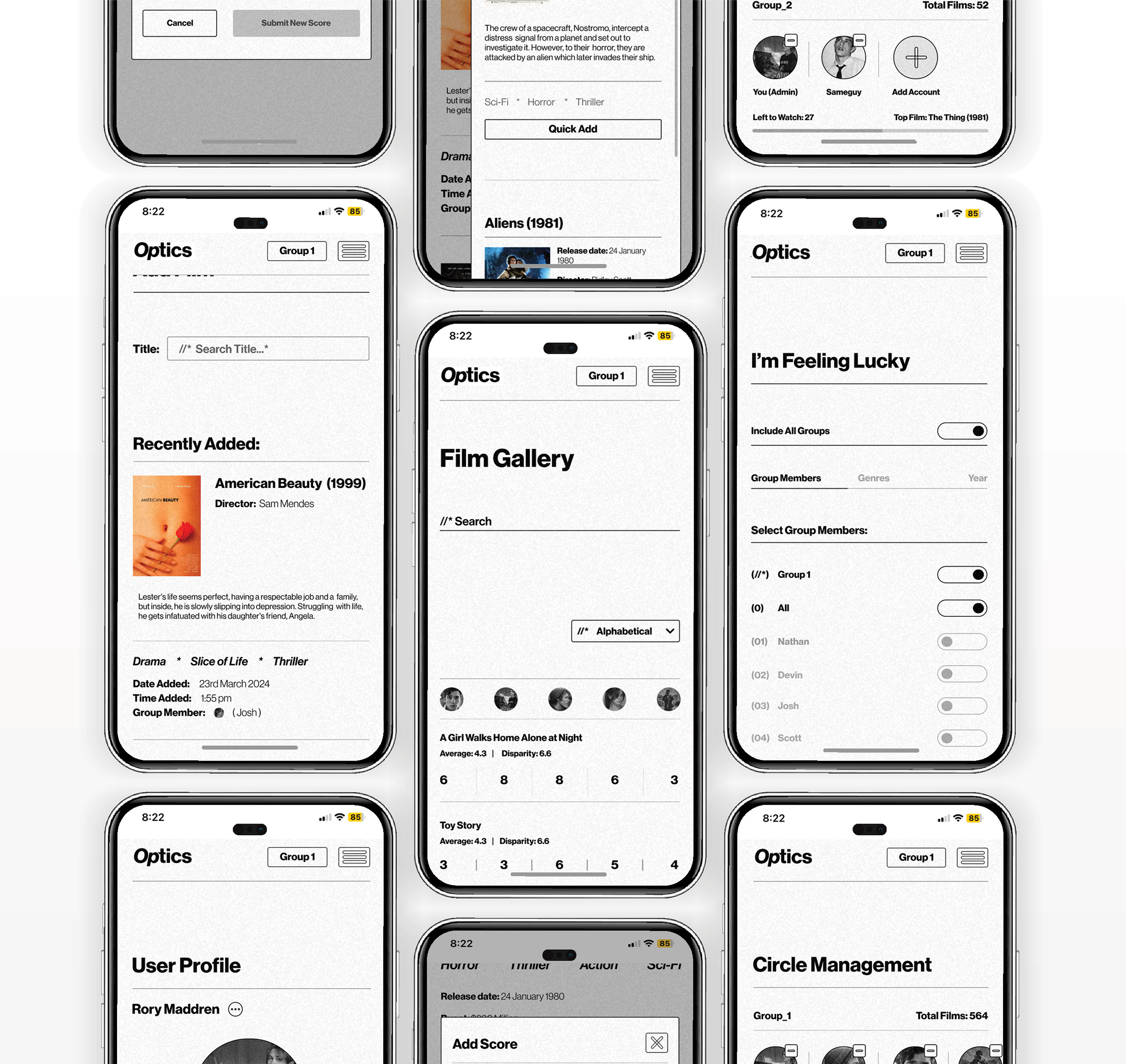
Voices in Stills
By stepping into the installation space, the user controls how they experience the stories of loss, told through two voices transmitting via a headset — using TouchDesigner motion tracking and immersive, old-media-styled music and SFX.
Category:
Installation
Year:
2024
Roles:
Researcher, Graphic Designer, Photographer, UX/UI Designer, Sound Enginer, Composer.